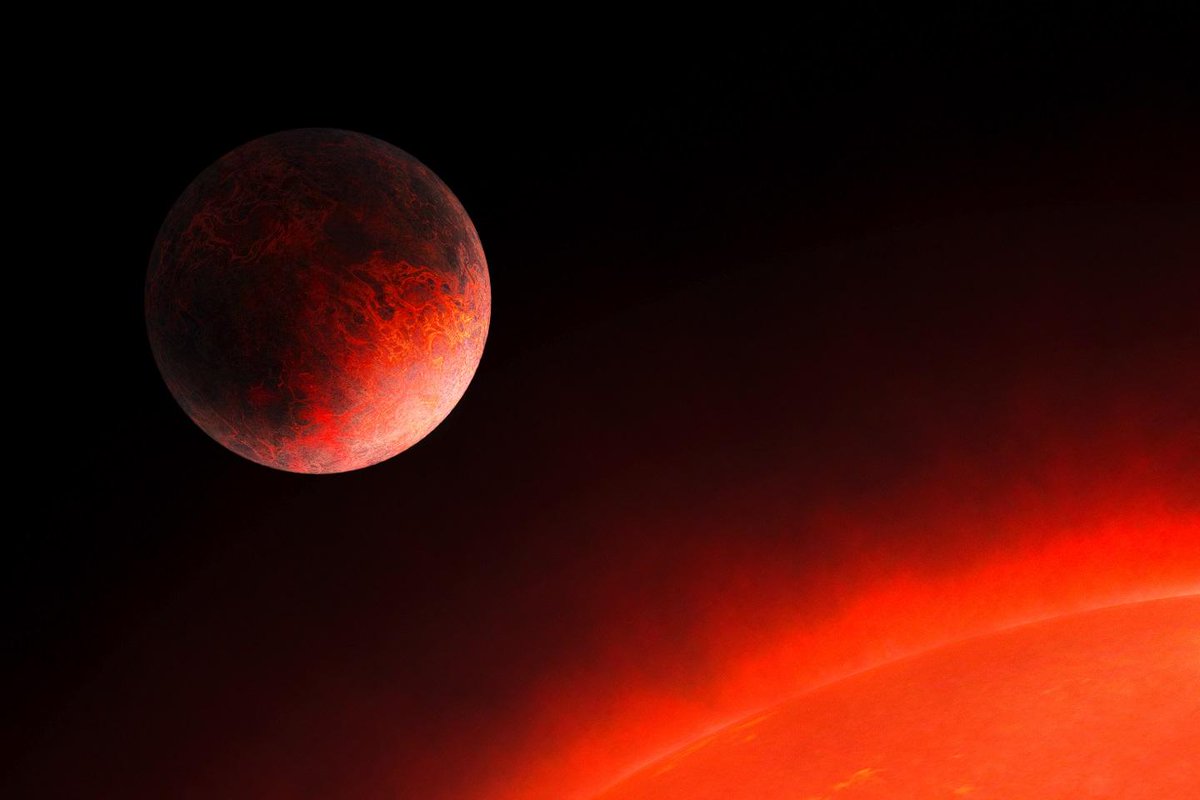Astronomers from NASA, using TESS (Transiting Exoplanet Survey Satellite), identified an ultra-short period planet, GJ 367 b.
Ultra-short-period (USP) planets are planets with short orbital periods (the orbital period is the time taken by the planet to complete one revolution around the parent star). Ultra short period planets orbit their star in under 24 hours.
The planet GJ 367 b’s orbital period is 7.7 hours, has half the Earth’s mass, and is slightly larger than Mars.
GJ 367 b has a diameter of approximately 9,000 km, while Earth’s diameter is about 12,700 km.
GJ 367 b has a surface temperature of 1500 degrees Celsius and has a rocky surface. With such a high temperature, any signs of life will evaporate. It is expected to have a high composition of nickel and iron, similar to the composition of Mercury’s surface.
Astronomers determined that GJ 367 has a dwarf star. Its star is a red dwarf.
It is located 31 light years away.

